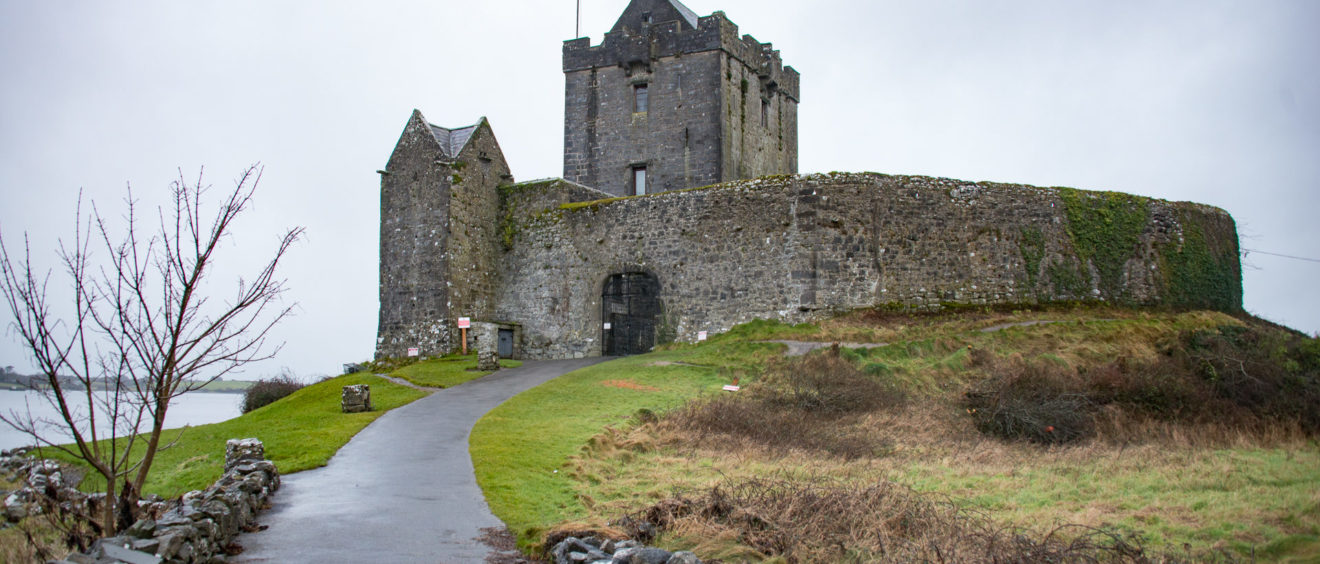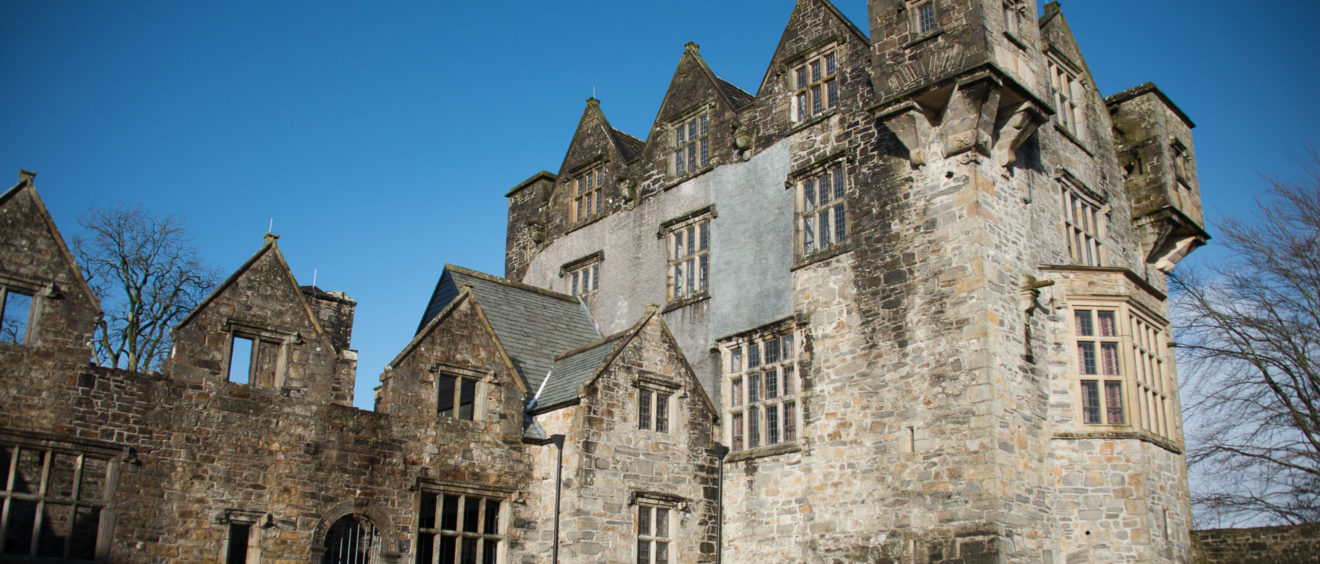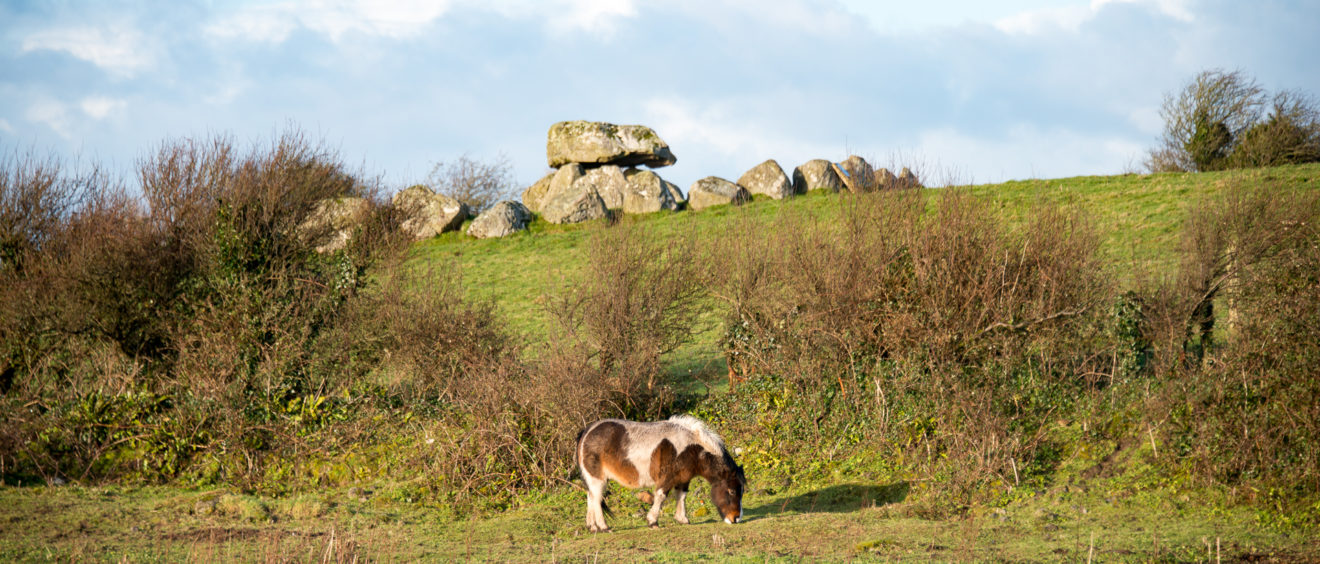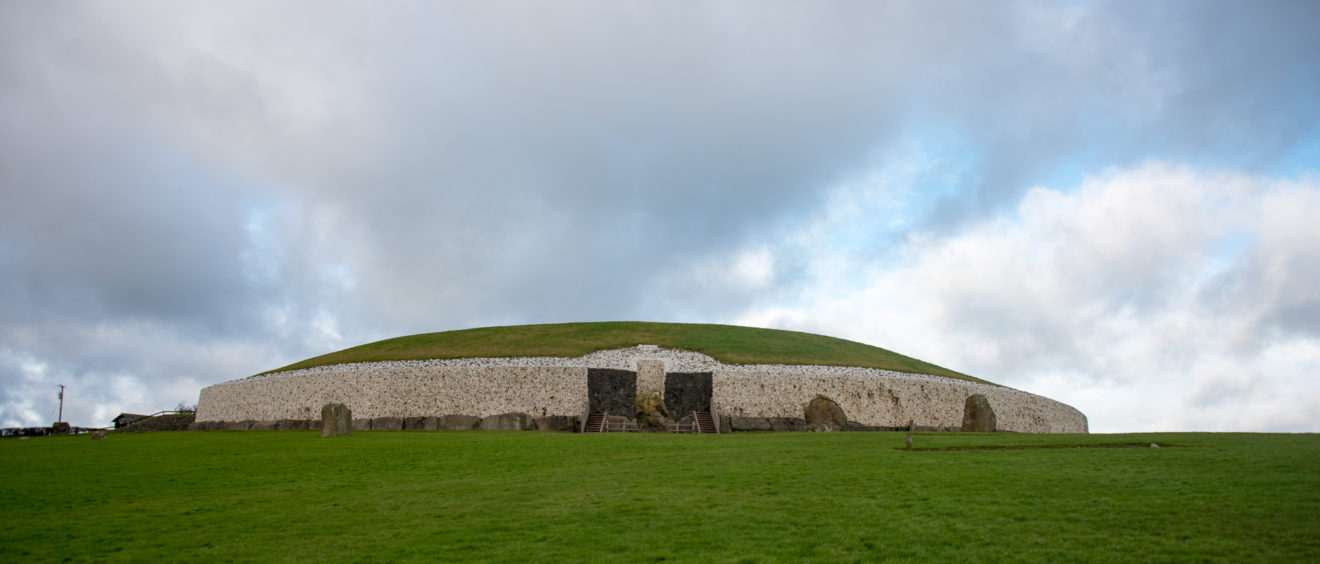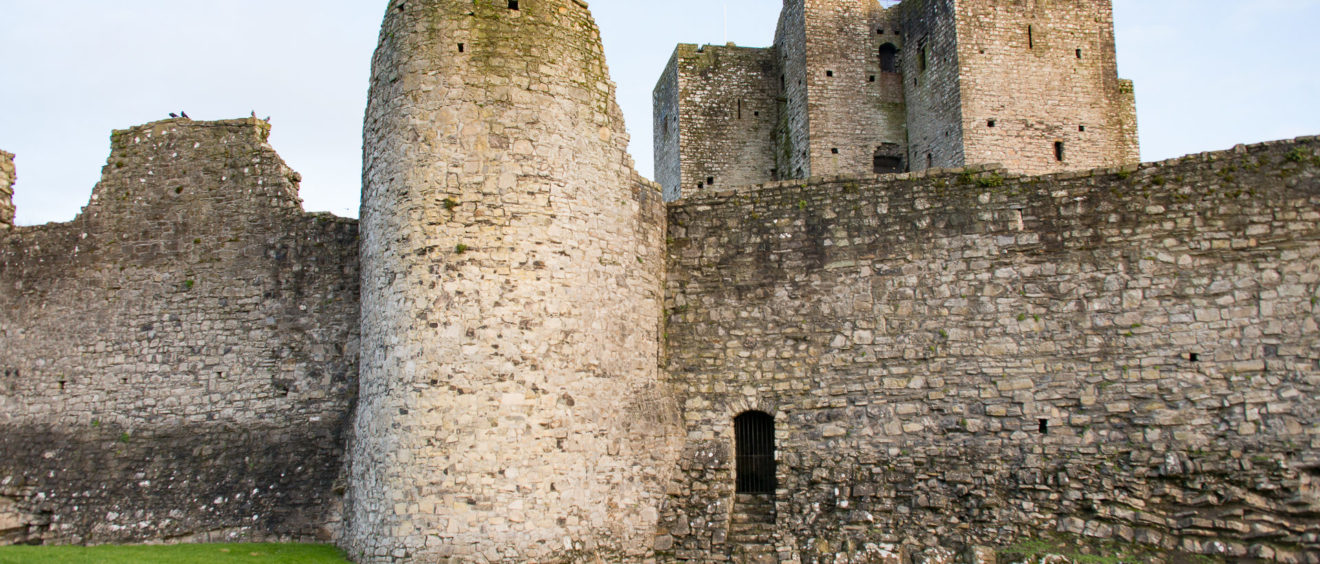Stop #20: Located in County Clare, the Cliffs of Moher run for about 14 km and are 400 feet high. From the cliffs, you can faintly see the Aran islands in the background. On the day that we were there, winds were so strong that it was hard to even get out of or into […]
Stop #19: Dunguaire Castle is a 16th century towered castle outside of Galway.
Stop #18: Galway lies on the River Corrib near the Galway Bay. It is Ireland’s fourth biggest city. This city seemed to me an arts center with great nightlife in pubs and clubs with live music almost anywhere we went. There are medieval town walls, shops hocking Claddagh rings, and busy streets and sidewalks with […]
Stop #17: Donegal Castle sits right in the city center of Donegal Town. Fully restored in the early 1990s, the castle consists of a 15th-century rectangular keep with a later Jacobean style wing. You can see in some of the pictures the River Eske. The castle was the stronghold of the O’Donnell clan, Lords of […]
Stop #16: Link to Wikipedia Carrowmore is one of the four major passage tomb complexes in Ireland (see also Bru na Boinne). It is located at the geographical centre of the Cúil Irra peninsula 3 km west of Sligo town. It is also one of the largest (in terms of number of monuments) complexes of […]
Stop #13: Mellifont Abbey was a Cistercian abbey in County Louth, Ireland. Founded in 1142 had one hundred monks and three hundred lay brothers by 1170. The abbey became the model for other Cistercian abbeys built in Ireland, with its formal style of architecture imported from the abbeys of the same order in France; it […]
Stop #12: Link to Wikipedia Brú na Bóinne means Palace of the Boyne or Mansion of the Boyne. It contains one of the world’s most important prehistoric landscapes dating from the Neolithic period, including the large Megalithic passage graves of Knowth, Newgrange and Dowth as well as some 90 additional monuments (the photos are of […]


